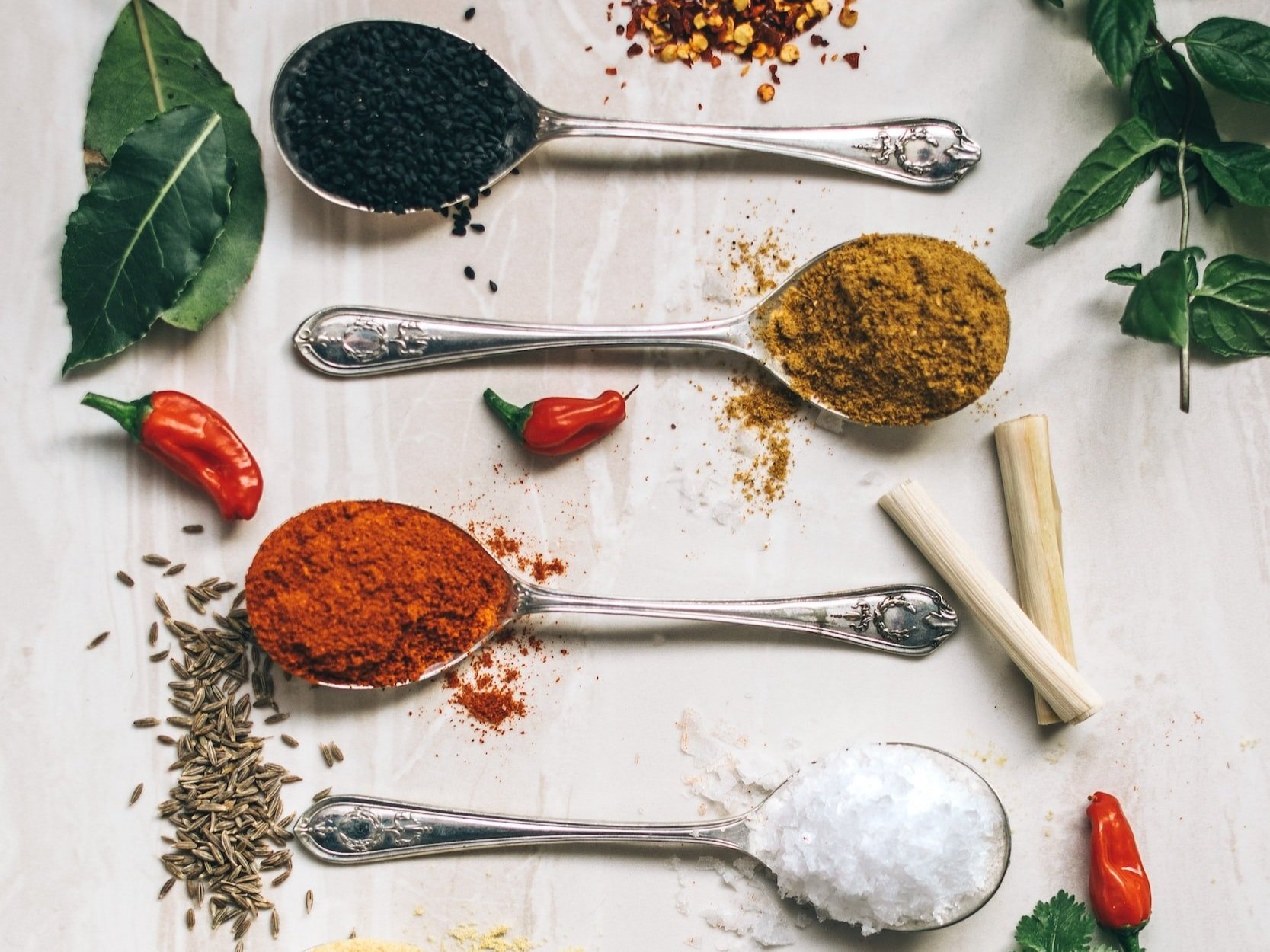How Vanilla Changed the Art of Cooking
Vanilla is a flavour that is beloved by many, and for good reason. It is versatile, able to be used to elevate any recipe. But did you know that vanilla also played a key role in changing the way we cook? Let’s explore the fascinating history of vanilla and its impact on the culinary world.
Vanilla: A Brief History
Vanilla is native to Mexico and was first cultivated by the Totonac people, who used it as a flavouring for their chocolate drinks. When the Aztecs conquered the Totonacs, they adopted the use of vanilla and began to use it in their own cuisine. However, it wasn't until the 16th century that vanilla was introduced to Europe, when Spanish conquistador Hernán Cortés brought it back with him from Mexico.
At first, vanilla was mainly used as a flavouring for chocolate drinks and pastries in Europe. (and still is, did you know that vanilla is an essential ingredient of CocaCola!).
But in the 17th century, a new culinary trend emerged: sweetened dishes. Sugar had become more widely available and affordable, and people began to experiment with adding sweet flavours to their food. Vanilla was a perfect fit for this trend, and soon it became a staple in sweet dishes like custards, cakes, and ice cream.
The Problem with Vanilla
But there was a problem: vanilla was extremely expensive. Because vanilla plants could only be pollinated by a specific type of bee that was native to Mexico, it was difficult to cultivate the plant in other parts of the world. This meant that the only way to get vanilla was to import it from Mexico, which was costly and time-consuming.
To make matters worse, vanilla beans were also incredibly delicate and had to be harvested and processed by hand. This made them even more expensive, as labour costs were high.
The Birth of Artificial Vanilla
It wasn't until the mid-19th century that a solution was found to the problem of expensive vanilla: artificial vanilla flavouring. In 1858, a French chemist named Theodore Nicolas Gobley discovered that the compound vanillin was the main component of vanilla flavour. He was able to synthesize vanillin in a laboratory, creating an artificial vanilla flavouring that was much cheaper than the real thing.
Artificial vanilla flavouring quickly became popular and was soon used in a wide range of products, from baked goods to perfumes. Today, most vanilla-flavoured products on the market use artificial flavouring rather than real vanilla. However, it’s worth noting that natural vanilla is a complex flavour that contains over 200 compounds, including vanillin, which is the primary flavour component. In contrast, synthetic vanilla, or vanillin, is a simpler version of the natural flavour consisting of only one compound. Despite being chemically identical to natural vanillin, synthetic vanilla lacks the depth and complexity of natural vanilla flavour, which is why many chefs and food experts prefer natural vanilla for its nuanced taste. Additionally, synthetic vanilla may contain trace amounts of impurities or artificial additives, which can affect its taste and quality. So, while synthetic vanilla is a more cost-effective alternative, natural vanilla is a superior option due to its unique and intricate flavour profile.
The Legacy of Vanilla
The impact of vanilla goes beyond its flavour. Vanilla also played a key role in shaping the way we cook. We at Nevis Vanilla Paradise are convinced that vanilla is more than just a flavour and we are committed that the 100% Nevis, organic variety on our farm will play a role in maintaining the reputation of this most hardworking of little plants.
Want to know more about Nevis Vanilla Paradise? Contact us!

